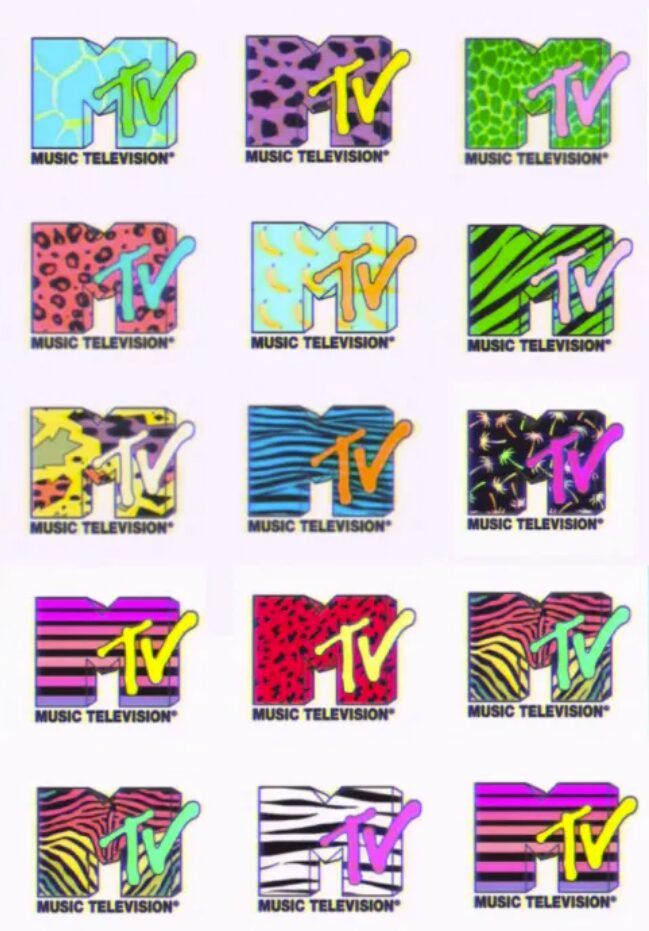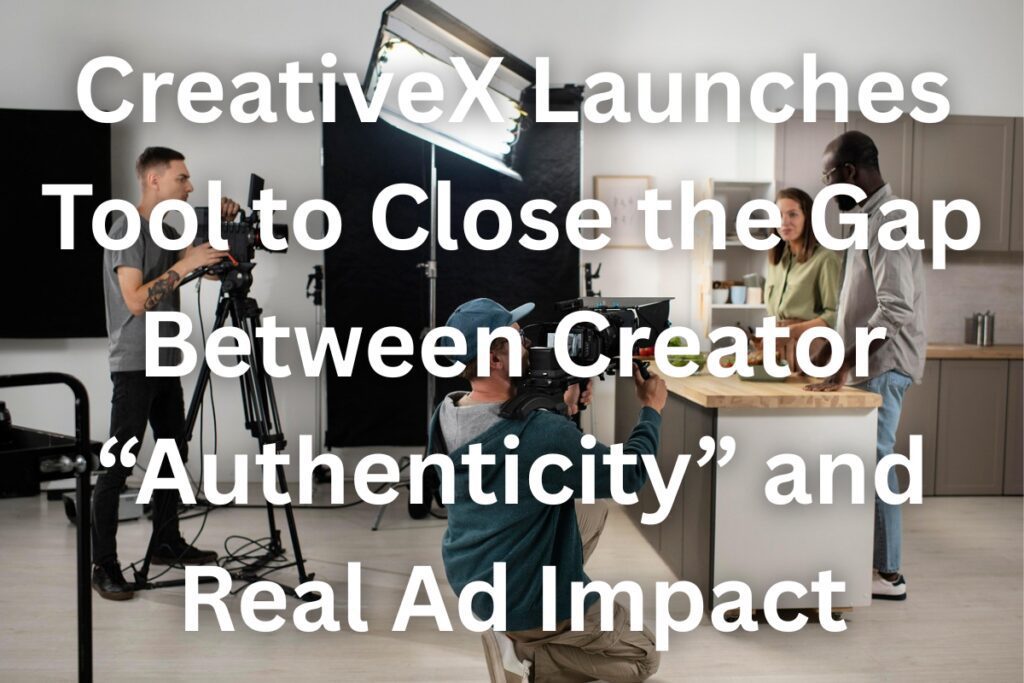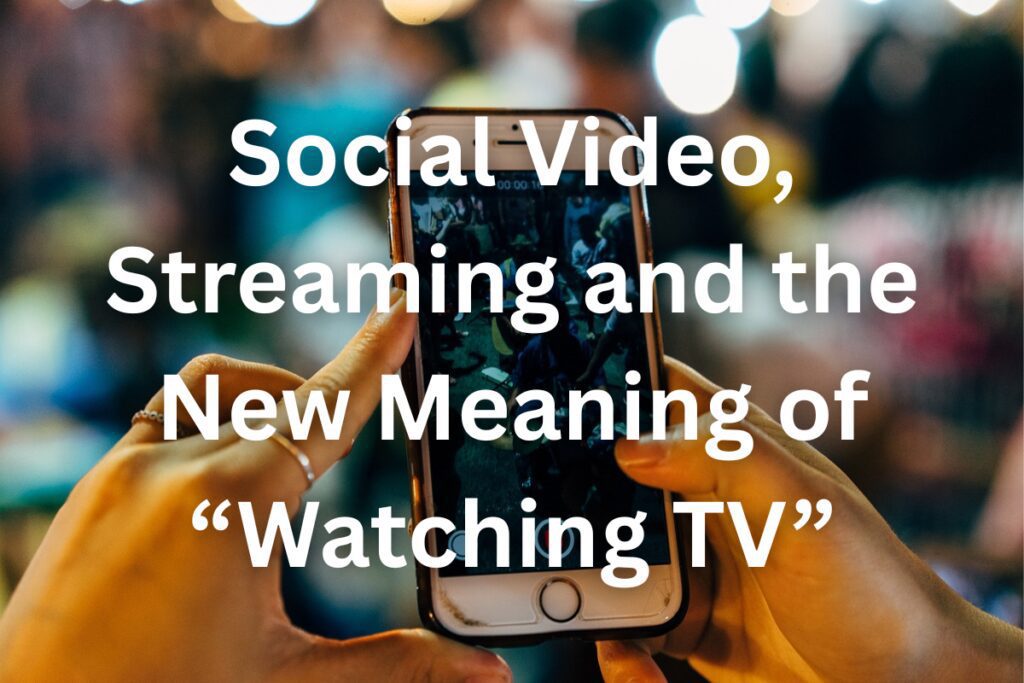Step into the time machine and travel back to the vibrant and dynamic 1980s. This era was a blur of saturated colours, zany patterns, and, of course, those feathered hairdos. Amidst this frenzy of rule-breaking creative energy, there was one logo design that perfectly encapsulated the spirit of the times, the MTV logo.
The shifting look of Warner-Amex’s (WASEC) music channel tapped into a unique visual aesthetic that remains influential to this day. As a new generation rediscovers this iconic logo, let’s dive into the captivating story of its creation and explore how it continues to resonate with audiences.
The Birth of an Icon
In 1981, MTV burst onto the scene, forever changing the landscape of pop culture and entertainment. It was not only the groundbreaking concept of back-to-back music videos that captivated audiences, but also the channel’s distinct design.
Recently discussed on Reddit, the MTV logo possessed the remarkable ability to adapt and transform according to different themes. Often featuring wild Memphis design patterns, which are considered chaotic and garish by today’s standards, these logo variations evoked nostalgia for the 80s arcade aesthetic.
Furthermore, some users even recalled drawing the logo on their school notebooks when they were just 12 years old.
Designed by Manhattan Design and Fred Seibert, the original MTV logo is an iconic mark. Other than the "M" and "TV," there were no defined colors or usage. It could be made of anything. Here's a Flickr collection with a bunch of variations.https://t.co/WIY2zArmgk pic.twitter.com/EmBdqqOYPV
— AisleOne (@AisleOne) June 16, 2023
The Influence of the Memphis Design Movement
The MTV logo drew inspiration from the international Memphis design movement, led by the visionary Italian architect Ettore Sottsass.
In 1981, the Memphis group held their first show, featuring revolutionary objects like the iconic Bel Air chair, at the Salone del Mobile Milano. Coincidentally, this was the same year MTV made its debut.
The various iterations of the MTV logo, with their hand-drawn appearance and bold patterns, reflected the graphic elements prevalent in the Memphis movement. It was a fusion of creativity and rebellion that perfectly embodied the spirit of the times.
The Evolutionary Journey
The task of designing the MTV logo fell to Manhattan Design, a young and talented studio hired by Fred Seibert, the Vice President of Creative Services at WASEC. Their initial proposal was drastically different from the MTV logo we know today. Seibert shares an intriguing account on his website, recalling how the agency presented him with a Polaroid snapshot of a hand holding a musical note that resembled an apple. While Seibert loved the concept, incorporating it into a wordmark proved challenging.
Following this setback, the focus shifted to incorporating the acronym ‘MTV’ into the design. The designers at Manhattan Design began experimenting with the individual letters, resulting in a deceptively simple, yet profoundly unique and daring logo.

The centrepiece was a massive stately ‘M’ rendered as a 3D projection, with the letters ‘TV’ scrawled over it. This simplicity allowed the logo to take on a life of its own, with the ‘M’ becoming a canvas for various interventions, from bricks and flags to animal prints and fruit.
These diverse interpretations imbued the logo with a sense of movement and vitality, despite its static nature. Although some renditions may have been challenging to decipher, it hardly mattered. It was MTV, and people quickly recognised and embraced its cultural significance.
The Unconventional Triumph
Seibert admits that the design of the MTV logo defied everything he knew, but it ultimately came to define an entire era. It broke free from the norms of traditional logo design and became a symbol that represented the spirit of the times.
The logo’s ability to constantly transform and adapt reflected the ever-changing nature of popular culture. It became a visual manifestation of the zeitgeist, a powerful emblem that captured the essence of the 1980s.
Is MTV Still as Relevant in the Present Day?
MTV, with its iconic logo and groundbreaking music videos, undoubtedly left an indelible mark on popular culture. However, in the ever-evolving landscape of entertainment, one might question whether MTV is still relevant today.
While the channel may have shifted its programming focus away from music videos in recent years, MTV continues to adapt and resonate with contemporary audiences. It has expanded its content offerings to include reality shows, documentaries, and scripted series that tackle current social issues.
Additionally, MTV remains a platform for emerging artists, showcasing their music and providing a platform for their voices to be heard.
Although the way we consume media has changed dramatically, MTV’s enduring brand recognition and ability to tap into the pulse of youth culture ensure that it maintains a relevant presence in today’s media landscape.
Conclusion
The MTV logo stands as a testament to the extraordinary creative energy that defined the 1980s. Drawing inspiration from the Memphis design movement, Manhattan Design and Fred Seibert crafted a logo that transcended its simplicity, evolving into an emblem that represented the dynamic and ever-evolving world of pop culture.
As a new generation rediscovers the MTV logo, it continues to evoke nostalgia, audacity, and unruly charm, reminding us of a time when music, fashion, and visual aesthetics converged in a symphony of creativity. It remains an enduring symbol that captivates and inspires, paying homage to the unforgettable spirit of the 1980s.









